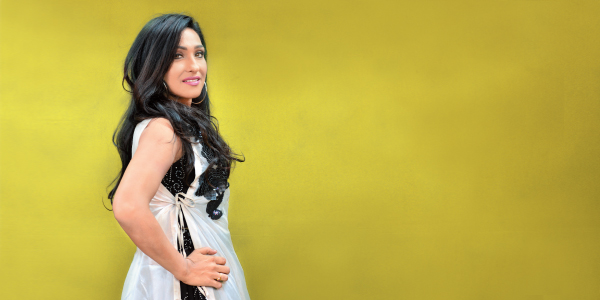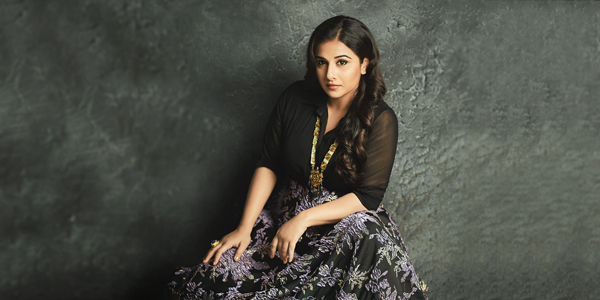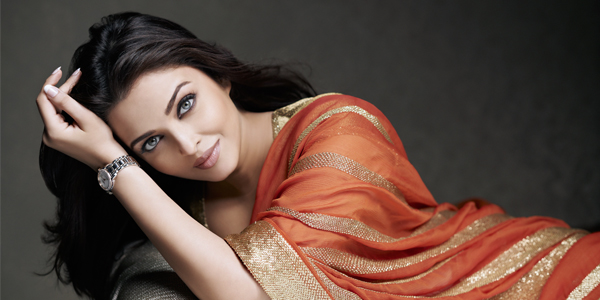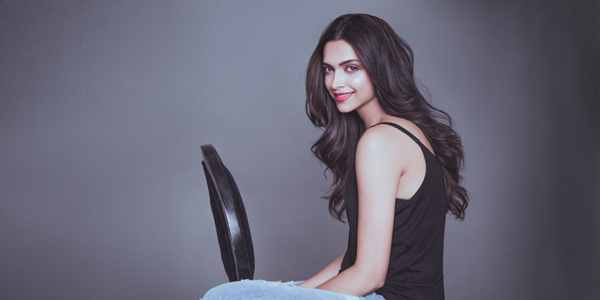Bollywood’s newest comeback queen, who defeated cancer only to return more vivacious and refined! Zen Warrior Manisha Koirala
Manisha Koirala has embraced life and its tumult, and the many roles it offered her – from actor par excellence, cancer survivor and author to philosopher and now a trekker.
Manisha Koirala’s gruelling tryst with ovarian cancer hasn’t wearied her spirit. But, it has humbled her. She has since surrendered any fallacies she harboured about life and its grand schemes and greater plans, and tells us how it must be lived instead – in the now. It is during her well-earned foot spa appointment at The Sheraton Grand in Bengaluru that we meet her; after her demanding fitness routine. She affords us a peek at that fiercely guarded smile, which has melted the hearts of millions for three decades now, and tells us what is “sparking joy” in her life currently.
“My girlfriends from Army Public School – one from Delhi, the other’s in Canada – and I have all hit a certain age and our teenage dreams have been accomplished – and we thought, now what? So, we decided to do something interesting together – which is the Everest base camp trek. I’m also pushing my physical boundaries. We are going to be spending quality time for the first time since our 12th standard, and we get to catch up on our entire lives in the wilderness!”
The Origin
Koirala family’s political association predates democracy in Nepal, and was shaped by the struggle for it, she informs us. From a pedigree of freedom fighters who later went into political exile, Koirala — the granddaughter of Nepal’s 22nd prime minister Bishweshwar Prasad Koirala — came to be raised in Benaras, and later Delhi, even as the family kept visiting their homeland Nepal every so often.
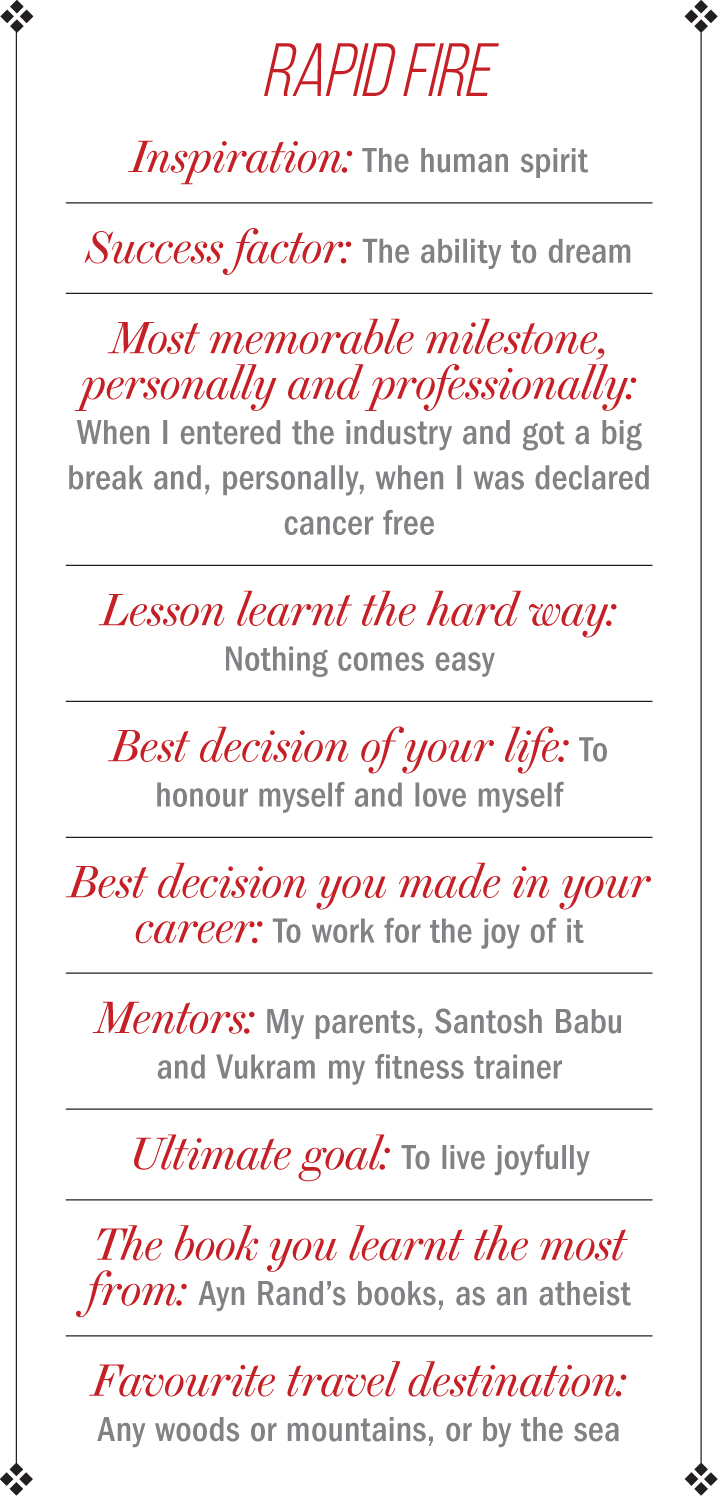 As is the case with most Benarasis, she carries the many idiosyncrasies of the cultural labyrinth with pride. “The influence of Benaras is very deeply ingrained in me. I grew up surrounded by literature and politics, trained in classical music and dancing and theatre, which is where my creative streak developed,” she says.
As is the case with most Benarasis, she carries the many idiosyncrasies of the cultural labyrinth with pride. “The influence of Benaras is very deeply ingrained in me. I grew up surrounded by literature and politics, trained in classical music and dancing and theatre, which is where my creative streak developed,” she says.
A product of the Army Public School and Apeejay School in New Delhi, she grew to love theatre also thanks to her locality, Mandi House. It is known as the hub of theatre, given that it is the seat of the National School of Drama (NSD).
Koirala’s first professional performance was in an Alexander Pushkin’s play. “That’s when I caught the acting keeda,” she states. She went on to do a Nepali film Pheri Bhetaula in 1989, immediately after her board exams, and during its filming, she looked Bombay-ward — the seat one of the most illustrious film industries in the region. Koirala and her mom were quarreling – they share a love-hate relationship that has stood the test of time – so she shot her shot and asked to be sent to Bombay for a week, in exchange for forgiveness. “We always emotionally blackmail each other – it was my turn this time! Somewhere in my gut, I knew there was scope for me there,” she says.
The trip
Her mother introduced her to a friend, a prominent film journalist who Koirala refers to as “Meenadi”, who was instructed to diss the industry, but did the exact opposite. “I had stars in my eyes. She introduced me to a lot of key people in the industry – including Shekhar Gupta. Within ten minutes, he sussed out something special in me, and signed me. Though the project never took off, it gave me immense confidence. I then met Boney Kapoor, ChintuJi and many others, and everyone gave me very positive feedback. I felt like this was it,” she recalls.
She returned to Delhi, and even as none of the projects she was offered materialised initially, within a month, Meenaji informed her that Subhash Ghai was looking for a newcomer for his upcoming film. Vivek Mushran and Koirala were screen tested and got signed for what is often referred to as an explosive double-debut — Saudagar.
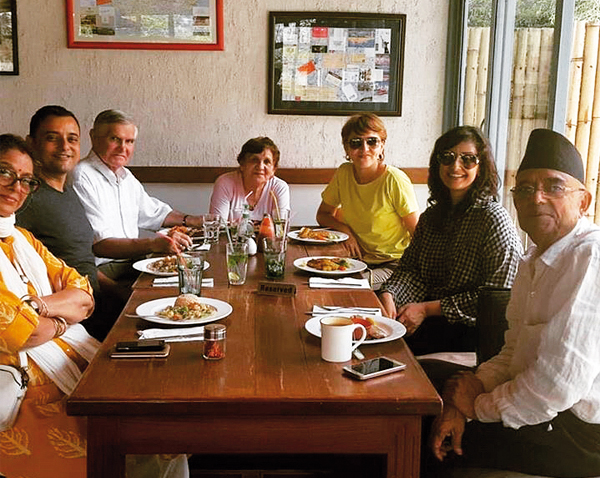
“I surely had it easy breaking into the circuit, but I slogged my butt off after I entered. This was my everything, I had no other interest. We were put into rigorous training for 14 hours a day. Horse riding, classical dancing, how to wear clothes, dialogue delivery. I was barely 19, and a total ‘jhalla’. I would be running a temperature of 103, but film a song sequence in -4 degrees,” she says.
For the impressionable 19-year-old, still relatively an outsider in the industry, two things became her guides – her instinct, which also let her down at times, and her well-wishers and mentors in the industry. “There was so much pressure, people would say your diary should be full for three years. So, I struggled to measure up to that,” she recalls.
“I refused a lot of good films. In fact, I didn’t even know back then what is a good quality film and what isn’t – I had almost refused Bombay. Ashok Mehta (cinematographer) came and fired me, saying ‘Silly girl, you’re being stupid turning down Mani Ratnam’s film!’ But people told me not to take on a mother’s role, because I would get typecast,” she states.
The transformation
After Saudagar, and a slew of films that failed to stir the box office, a brief but loaded conversation on a set granted her invaluable perspective. It transformed her as an artist. “Rajkumarji called me and said, in between the shot, and asked me, “Why are you sad, is it because your films are flopping?” Picture hum nahi banate, who toh yeh bandar banate hai – tum acting pe focus karo. That taught me not to strive for hits or awards, as clichéd as that may sound,” she says.
1942: A Love Story, she says, was her most challenging project. “We were shooting for Rhimjhim, which was a rain sequence in Dalhousie. I was in a cotton saree, and I would psych myself up, thinking if sages could endure so much while being barefoot in the snow, why couldn’t I? Obviously, I fainted,” she admits, sheepishly. “Even during First Love Letter, I was shooting an all-nighter song sequence in the desert in Rajasthan. It was peak winter, it also rained, and I fell chronically sick. But I just didn’t pay attention to my bodily exertions,” she says.
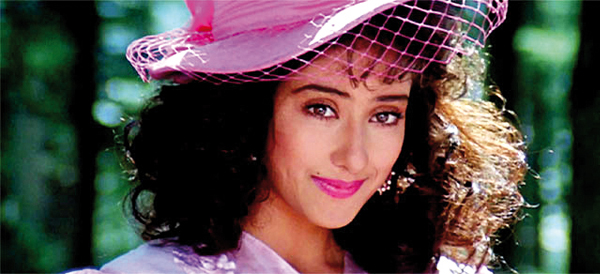
While she was already struggling to find her feet in the industry, she grappled with some friction from her family as well, who couldn’t fathom a “Koirala daughter” being a part of the notorious world of films. “My daadi, however, stood up for me and would always say, ‘Even if you want to be a gardener, make sure you are the best darn gardener’,” she says. In fact, for 1942, it was her mother who had gradually metamorphosed from being a skeptic to a sounding board, who pushed her to go for the screen test – even as Subhash Ghai was offended that his “protégée” was being asked to do a screen test at all. “I, on the other hand, had this sense of community rather than competition. I was competitive enough to be one of the best, but not so competitive that I had to be THE best at all cost,” she muses.
Then came a series of commercial successes. She had started seeking out roles that she would identify with both artistically as well as intellectually, like Agni Sakshi, Indian, Gupt and Kachche Dhaage and, of course, her most memorable performances – the daughter of hearing and speech impaired parents in Khamoshi: The Musical, and a terrorist in Dil Se… and eventually, arthouse masterpieces such as Tulsi, the Malayalam psychological drama Elektra, and the anthology I Am. “I was always doing a balancing act – I’ve done that naagin film too, and I’ve also worked in parallel cinema. I am an old soul – so, serious cinema was more in tune with my natural self,” she says.
The trial
The light leaves her eyes momentarily, and she apologises in advance if the conversation now takes a morbid turn. She starts to recount what she calls the most challenging period of her life: the year 2012, when she was diagnosed with ovarian cancer. “I had no idea if I’ll come out of it and be healthy. When it’s the time of death, you tend to reflect – what IS life. I had been complacent, sad, and was not embracing life. I read a lot of philosophical books, which helped me frame a very important way of looking at life – if I get my health back, what do I live for?”
Life is simple, she concluded. “I realised I needed a few basic elements to align. I decided to be mindful and conscious, and prioritise what was and wasn’t important,” she says. Her world, since then, has become smaller, more meaningful and most importantly, more adventurous. “I am like Alice in wonderland, I love life, and I am hopping from one adventure to the other. I focus on the now. Mom and I still have issues, but I’m the one that goes and says, ‘mom, I hate fighting with you, let’s make up!” she says.
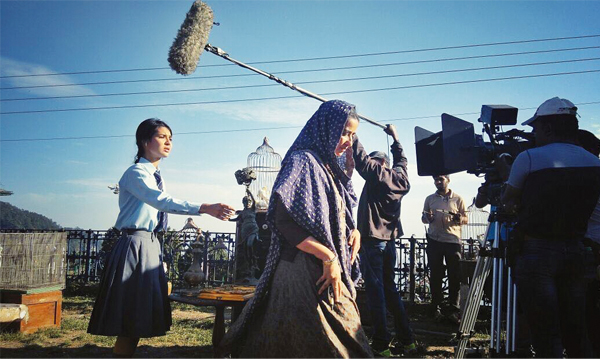
While actors can simply switch on and switch off from their characters and their grueling stories once off the sets, Koirala simply refuses any work that could ruffle her zen. “I can’t handle roles with struggle-ridden lives. I protect myself from all negativity and sadness,” she says.
When she was ill, grasping at straws and seeking hope and assurance, positive stories of cancer survivors helped her stay afloat. So, she resolved to put pen to paper and chronicle her own tussle with cancer, when she was declared cancer-free. Therefore, she wrote Healed, along with Neelam Kumar, which was out last December.
The healing
In her memoir, she is strikingly candid. The book not only details how she re-emerged from the gruelling experience, but also takes a deep dive into her backstory and often times how alcohol had become the elixir for the generally reclusive starlet.“There was a lot of hesitance,” she starts to say, about her decision to write a tell-all account of her life. “People don’t talk openly about these health conditions because it affects their work prospects – people have been thrown out of their jobs in so many industries because their competence is questioned. I was apprehensive too, when I had to make my comeback, about how I looked and felt,” she says. But she gathered courage from the humanity she saw and the “pure love and affection” she had received.
After a five-year exile, she returned to the silver screen almost as if she’d never left; and delivered three memorable performances — Dear Maya, Netflix’s Lust Stories and Sanju. “I am a Netflix addict, I binge watch shows all the time. So, when Dibakar called me for the role, I jumped at it! I was very keen to work with younger people, newer genres, because I’m still old school and wanted to break out of that mould. When Dibakar (Banerjee) gave me the character, I was uncomfortable and tried to make changes. But he said, ‘Manisha, just trust me’ and luckily, I did. If it were left to me, the role would have been so predictable!”
Currently, she informs us that she has just finished going through a few “amazing scripts,” and right after her trek, she begins shooting for her next film. “I am also traveling with my book. I love lit-fests, so I want to connect with more readers in that circuit. I am also compiling another book, which will be done by the end of the year. Life-wise, I am just focusing on spending time with family, fighting with my mom and making up, embracing nature and putting my heart and soul into my next project,” she says.


